
 |
|
|
Looking Ahead
Volume 52 Number 8 Date 06/15/2017 EUROPEAN CORN BORER - Moth emergence has increased with the heat, and oviposition is occurring on the tallest, most advanced corn. Early signs of larval damage, including leaf pinholes and shot holes, should become noticeable in southern Wisconsin fields in the week ahead. SPOTTED WING DROSOPHILA - Flies are appearing in survey traps. The first captures occurred in Dane County by June 5 and flies have also been reported from Door and La Crosse counties. Berry growers are advised to begin daily trap monitoring and routine inspections of fruits for larvae. CODLING MOTH - Most apple orchards in the southern half of the state have accumulated 250-350 degree days (modified base 50°F) beyond the mid-May biofix, and treatments for first-generation larvae have been applied. Reapplication of CM insecticides may be necessary if two or more inches of rain fell post-treatment and trap counts have been consistently above the five moths-per-trap-per-week threshold. Scouting fruits for tiny, circular entry wounds should begin next week. APPLE MAGGOT - Degree day accumulations in warmer areas of southwestern and south-central Wisconsin will be appropriate for fly emergence by June 18. Red sphere and yellow sticky traps can be placed at this time to detect the earliest emerging adults. The treatment threshold for apple maggot is five flies per trap per week for traps enhanced with ammonia attractant or one fly per trap per week for unbaited traps. TRUE ARMYWORM - Infestation rates in surveyed corn remain below economically significant levels with 1-5% of plants showing light feeding, but increased scouting for localized problems is recommended. Caterpillars ranging from ½ to 1 inch in length were found in about 25% of the corn sites sampled this week and many fields still have an abundance of grassy weeds favorable for armyworm problems. Late herbicide treatments at these sites may force more larvae from grasses onto corn plants. SQUASH VINE BORER - Emergence of moths and the start of egg laying are expected to begin next week in the southwestern counties. Pumpkins, squash, gourds and other vine crops should be closely monitored for eggs and evidence of larval boring from 900-1,000 degree days (base 50°F). Insecticidal controls may be applied to the stems of plants when the moths are first noticed, while the runners are less than two feet long. Repeated applications may be required throughout the three-week oviposition period. -- Krista Hamilton, DATCP Entomologist 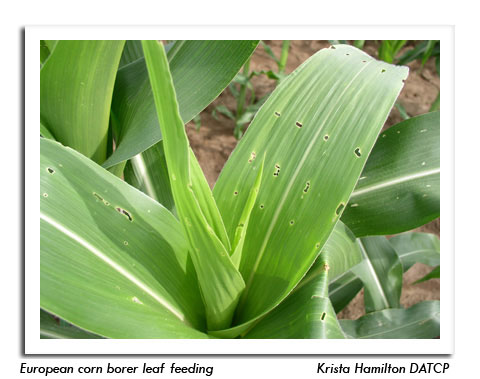
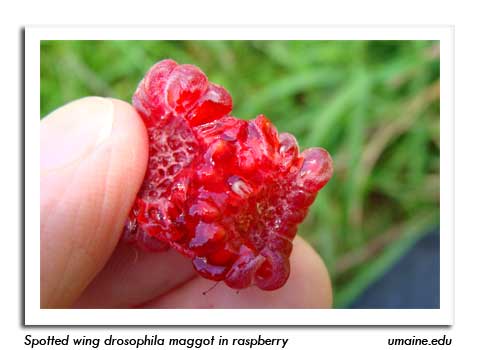

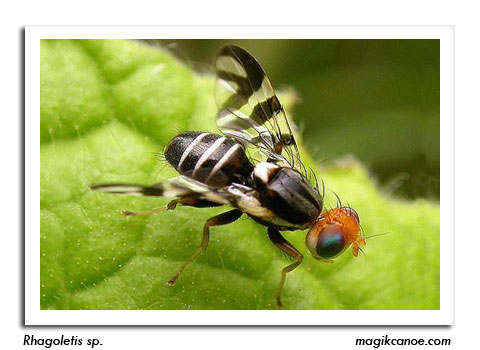
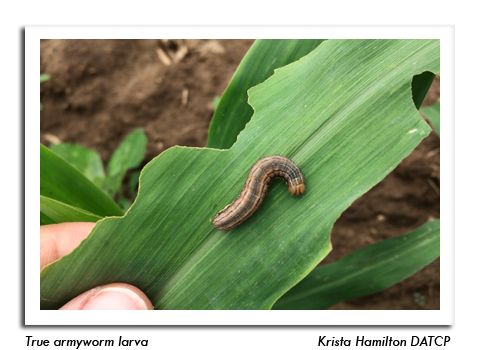
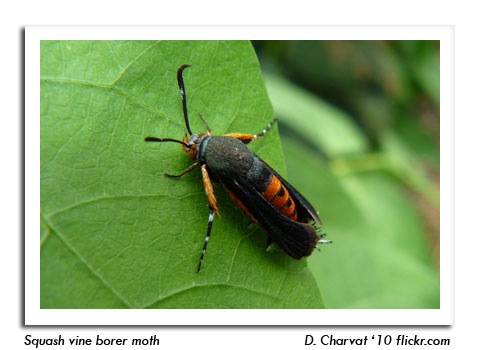
|
|
|